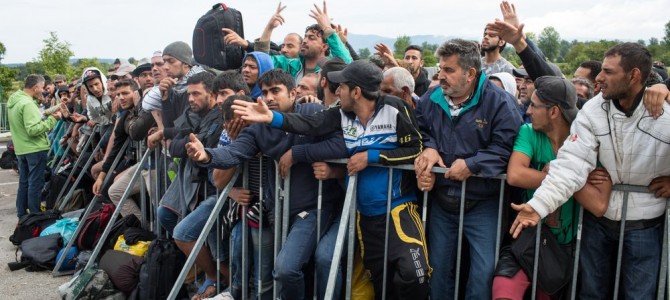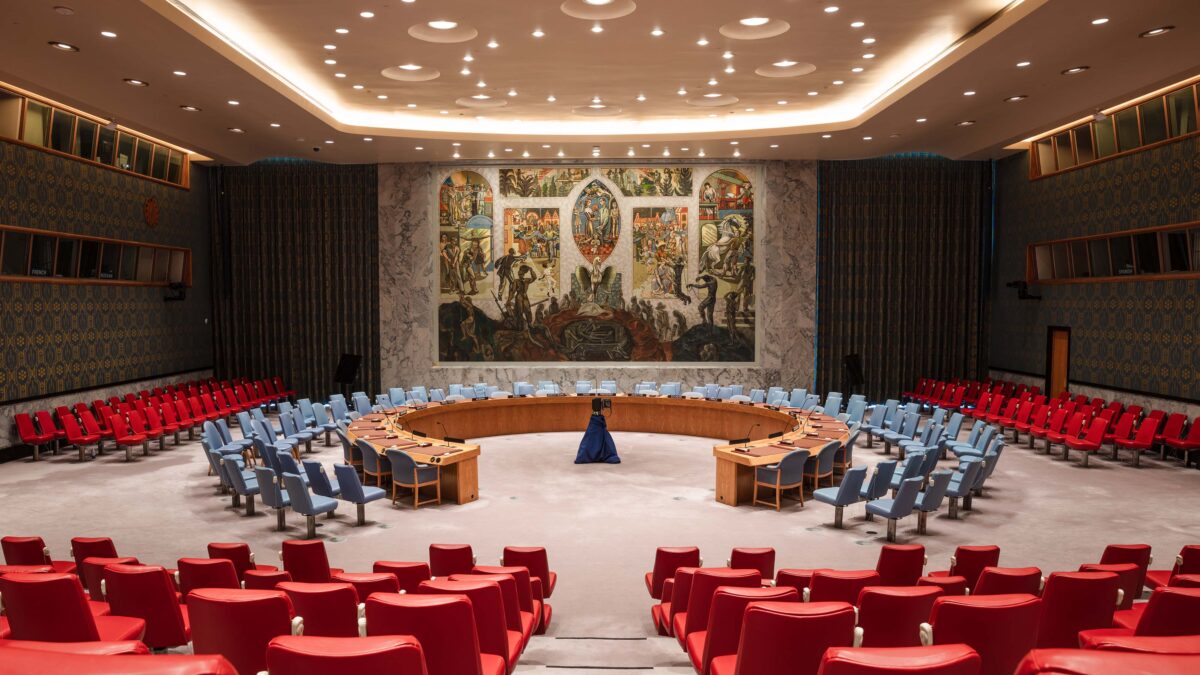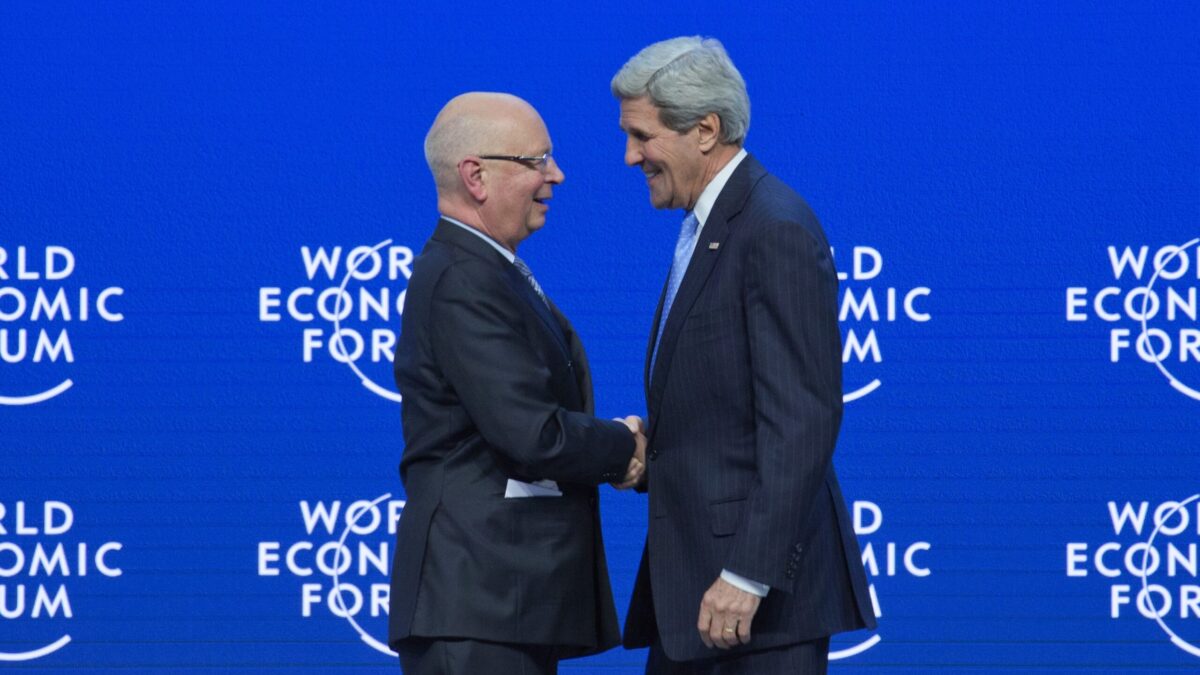
On Sunday, Hungary held a referendum on Prime Minister Victor Orban’s call to reject the European Union’s migrant quotas. An overwhelming 98 percent voted against Brussels’ management of Hungary’s immigration policy. This serves as a reminder that the “unified” EU is weakening and that European countries are still as they have ever been—based primarily on blood and soil.
Joined by sympathetic politicians like Poland’s Jaroslaw Kaczynski, Orban has been actively fighting the EU’s proposed migrant quota for months. He argues that mandatory quotas threaten the ethnic makeup of Hungary, given that the majority of the migrants coming to its borders are Muslims from the Middle East and North Africa. Orban has also expressed security concerns because of reports that ISIS “hit squads” have infiltrated Europe, posing as refugees.
Hungary is a major entry point into the EU for migrants coming from the Middle East, so it has become a transit point for migrants looking to settle in Europe. The government of Hungary reacted by building a fence 110 miles long on its border with Serbia. Today, thousands of migrants wait at its southern border, hoping to make it into the EU—while others find ways to breach the fence.
In this context Hungarians went to the polls on Sunday. But because only 43 percent of the electorate turned out, short of the 50 percent required to force parliament’s hand, opponents say the referendum isn’t legally binding. Orban insists, however, that he’ll amend the constitution to make it legal. Regardless, parliament already supports Orban’s anti-immigration stance. While opponents are calling for him to resign because of the low turnout, Orban’s Fidesz party is still ahead in the polls, indicating that the prime minister isn’t going anywhere anytime soon.
Even if the referendum had reached the necessary 50 percent watermark, it holds no legal force with regard to the EU. But that really isn’t the point. Two years into Europe’s migrant crisis, Hungarians have made it clear: they want to preserve their country’s ethnic cohesion.
Hungary’s reaction to the migrant crisis has been widely criticized as xenophobic, even racist. Regardless of how much this is true, it misses the fact that European countries have always been based on ethnicity, which has in turn informed their immigration, economic, and foreign policy. Dismissing objections to immigration as merely xenophobic oversimplifies the phenomenon. It doesn’t take seriously or engage fundamental questions of ethnicity and national identity.
The Two Models of Nationalism
Historically, there have been two models of nationalism: French and German. The German model is based on ethnicity and, relatedly, language. A person either is born German or he isn’t. He can do nothing to change his national identity. Conversely, there’s nothing a foreign-born person could do to become German. The phrase “blood and soil” originated from the nineteenth-century German romantic movement. It means that ethnicity is derived from a person’s heritage and the land he inhabits. The possible disastrous consequences of this model are manifest in twentieth-century European history.
The French model, on the other hand, conceives of the nation as built not on ethnicity but instead on a contract with the state. This concept of nationalism is rooted in the French Revolution, which sought to make the state both secular and insulated from ethnic and religious preferences. Anyone could approach the apparatus of the state without any interference from religion, regional loyalties, or race. But even though the French set up a system geared toward making national identity blind to ethnicity or other communitarian allegiances, it de facto devolved into the German model, culturally if not legally. France is now thought of as one of the most protective countries of its ethnic and linguistic patrimony.
European nations have always been based on a shared ethnolinguistic heritage despite which model they tried to pursue, French or German. The continent’s history of blood-and-soil nationalism makes it highly amenable to nationalist movements. This is especially true of Eastern Europe. Before World War I, countries like Hungary were part of multi-ethnic empires; after the war, borders were formed based on ethnicity. Because these countries were poor, they haven’t typically experienced the high rates of immigration seen in France and Germany.
France and Germany are more used to immigration, and therefore have been more patient in the face of the recent migrant crisis than countries like Hungary, which has been relatively insulated. After all, 98 percent of Hungary is ethnically Hungarian, whereas in France, 40 percent of children born between 2006 and 2008 had one foreign-born grandparent, the majority from outside of Europe.
To countries like Hungary, being asked to change their demographic make-up comes as something of a shock. So it’s no surprise that they would reject mandatory quotas on immigration. But as we’re seeing in movements across the continent, including France and Germany, large constituencies of Europeans outside the eastern bloc are pushing back against the European Union model that asks them to be citizens of the continent, rather than their individual country.
The End of Ethnicity-Based Nationalism
The EU was created, in part, to ensure that Europe would never again see the kind of mass war that twice devastated the continent in the twentieth century. The thinking went that if European countries could be made to share an economic future, they’d begin to think of themselves more as “Europeans,” and less as “Frenchmen” or “Germans.” They would, therefore, be less likely to go to war. But this seriously underestimated the extent to which EU member states remained nations made up of homogenous ethnic groups, and the level of loyalty their citizens felt.
The truth is, most Europeans identify first as “German,” “French,” or “Polish,” not as “Europeans.” A 2014 European Commission survey found that 42 percent of Europeans identify themselves only by their nationality. Another 48 percent identify themselves first by their national identity and second as European. Five percent think of themselves as European first, and as their nationality second, and only 2 percent as European alone.
Thus, it’s not surprising that nationalist movements have seen rising poll numbers in Germany, France, Poland, and Austria. This political shift is a reaction to the overreach of an EU that wants both to suppress each nation-state’s ethnic and cultural homogeneity and dictate each member’s immigration policy.
The idea that countries have to take in however many migrants show up on their border is a relatively new one. At what other time in history, apart from war or occupation, has a country been forced or pressured into changing its demography? While the EU may have thought it was powerful enough to enact this new utopic vision by decree, the last two years and the ongoing successes of far-right parties are proving its power to be shaky.
In June, the United Kingdom voted to leave the EU. Other European politicians, like France’s National Front presidential hopeful Marine LePen, are promising to do the same if elected to office. Despite the last 70 or so years of European tranquility, this “pax Europa” isn’t indestructible. Instead, it may just be a brief caesura in the long history of ethnic-based European nationalism and European conflict. The Hungarian referendum serves as a sharp reminder of this.









